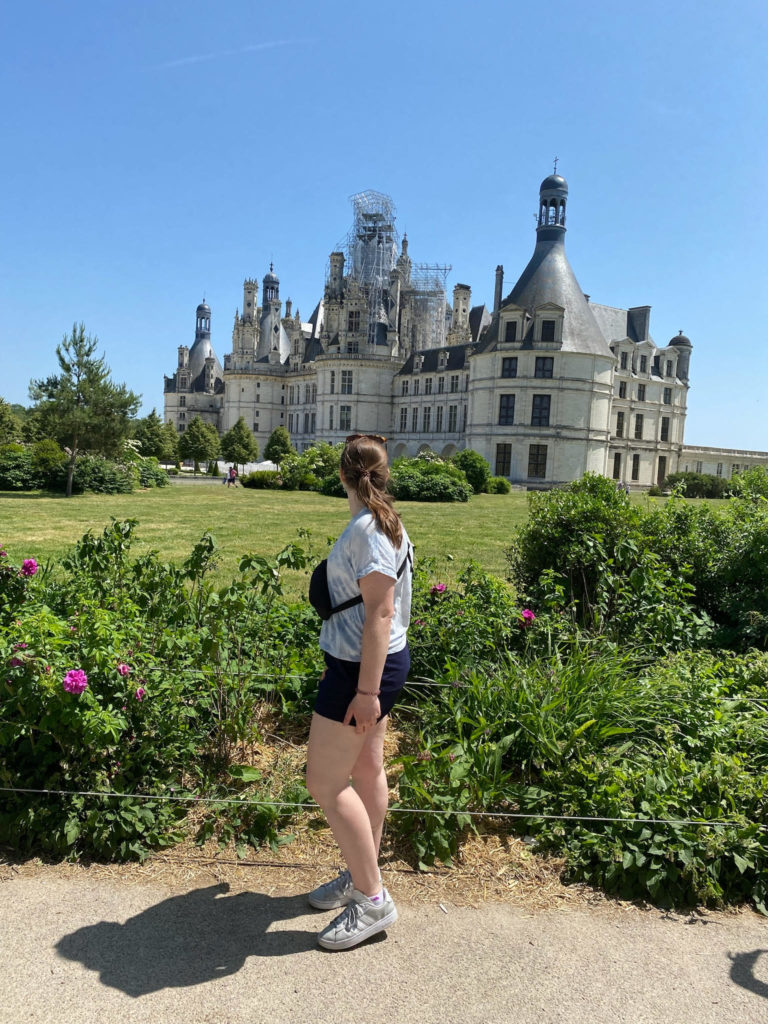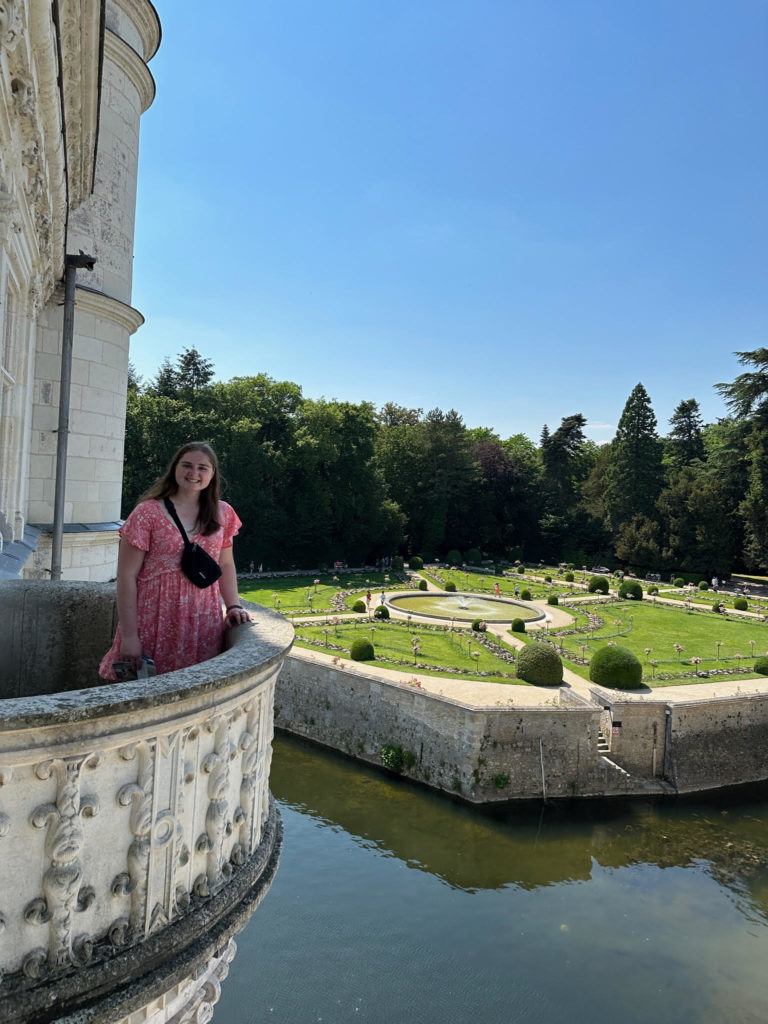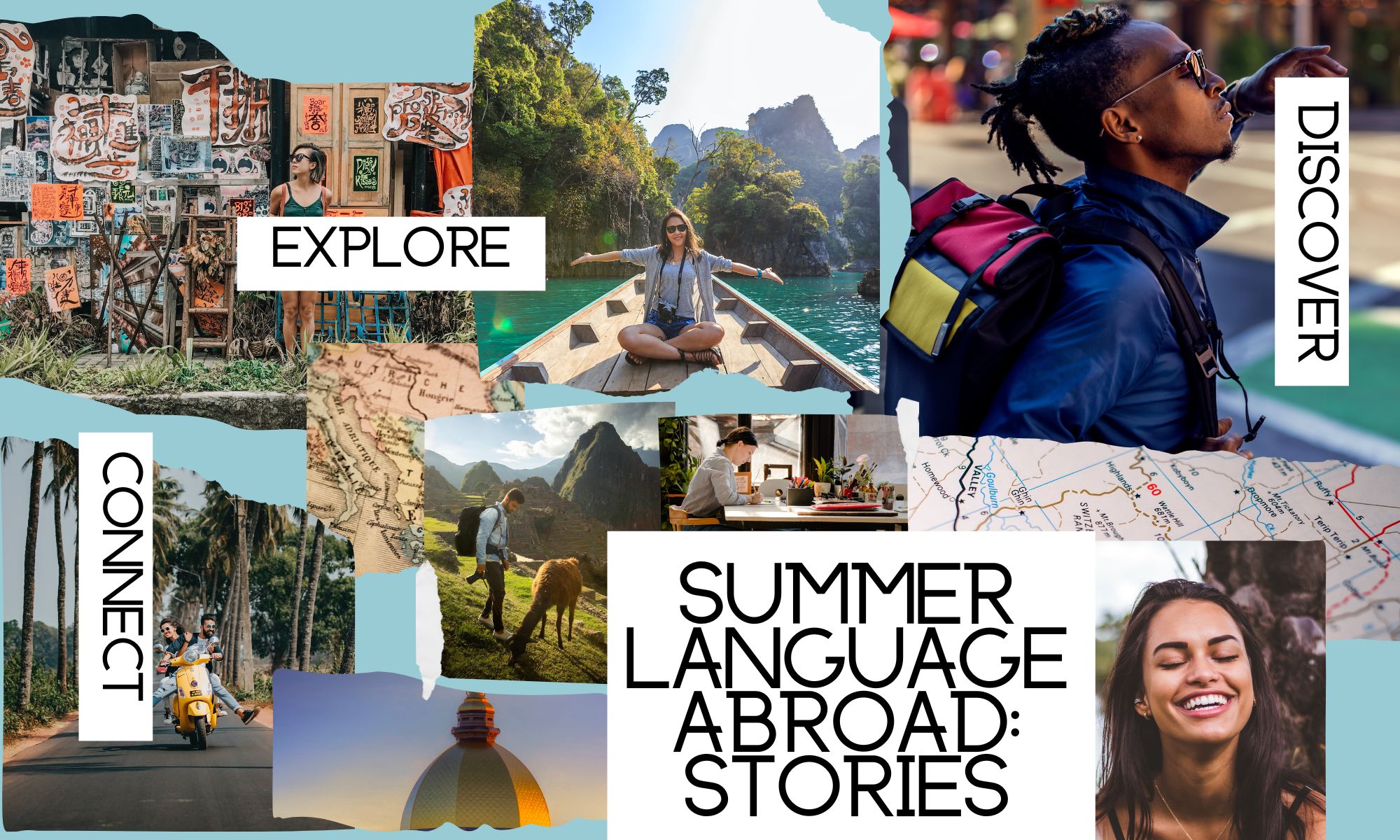
I’ve been back in South Bend for three days now, and this post is a little overdue, but I will close my blog out with some final reflections on my experience this summer. I am truly grateful for the opportunities that the SLA grant has provided me. This experience was absolutely incredible and I highly encourage anyone who is considering this to apply. Not only did my language skills improve by leaps and bounds, but I was able to gain a far greater understanding of Middle Eastern culture and heritage.
A question almost everyone has asked me … What was the best thing about Jordan?
Without a doubt, the views. Although I was in class most of the week, I was able to travel around the country on the weekends and visited both Mount Nebo and Umm Qais. At Mount Nebo, spread out before my eyes was the exact same landscape of the Promised Land that Moses viewed before his death. In Umm Qais, I was able to look out over the Golan Heights and the Sea of Galilee as well as parts of Israel, Palestine, and Lebanon. I can’t get over the feeling of standing on these mountains and being able to see ancient, Holy Land that has so much history behind it. What really fascinated me is that I knew I was looking past Jordan into parts of Israel and Palestine, but I was unable to tell the difference based on the landscape, yet borders are probably the most contentious topic in the region at this time. Similarly, I found it really interesting how the geography of the area was presented on various maps and by different people. The same town in the distance would have two different names – one Israeli and one Palestinian. I was looking out at these beautiful cohesive landscapes that are some of the oldest historical and religious landmarks, and it is impossible not to be aware of the fact that there is so much tension currently surrounding them. It seems incongruous with the natural beauty, yet cannot be separated from it. Maybe it is strange to say this was the best thing about Jordan, but for me, it was the most powerfully moving experience of my time there.
Coming back to America was in some ways a great relief. I’ve never really never been in a situation where I am a visible minority. Every time I would walk down the street and move my gaze to look at something or someone, they were already looking at me. I was very aware of eyes on me at all times and that is something I never got used to and am glad to leave behind.
Wearing shorts upon return felt very strange at first. It’s been two months since I have worn anything that goes above the ankle. I’m not really sure what I think about that.
Also, I no longer need to be continuously conscious of my water intake. Something I never mentioned before was the water situation in Amman. Jordan is obviously a very water-scarce country. I was aware of this before traveling, but I wasn’t really sure what that would mean. Basically, in my building and it seems to be the case for all residential buildings in Amman, each apartment has a designated water tank (1-2 m³) that sits on the roof and gets refilled once a week. This is our water allotment for the week. We were advised not to drink the tap water, and so we, along with many Jordanian residents, had a jug of filtered water that we used for drinking and cooking. The water allotment was honestly not a huge issue, but I definitely showered less frequently and whenever I used the water, I was very cognizant of what that would mean for the rest of the week. It is so nice to be able to drink straight from a tap instead of a plastic jug.
Trash and Plastic:
Unfortunately, Jordan has very very few recycling initiatives and trash cans are also not easy to find, which means that there is a significant amount of trash that accumulates on the streets and sidewalks. Even when we would drive far outside the city, the highways are still lined with trash. It’s honestly very sad.
Things I will miss:
Coffee:
I don’t really ever drink coffee in America. However, the coffee in Jordan is amazing. I think because they put cardamom in it, and maybe this has something to do with lack of sleep due to work, but I found that I really enjoyed the black coffee, and I will definitely not be able to find anything similar in South Bend.
Knafeh.
Good and cheap produce:
In Jordan, I could buy all the fruit and vegetables I needed for the week for under 10 USD. It’s amazing, and especially coming back to South Bend, where fruit is not abundant at all, this will be a challenge.
Almost every time I walked anywhere, someone would honk from their car and yell “Welcome to Jordan” out the window. This slightly alarmed me at first, but after the first couple instances, I thought it was really funny and an example of how genuinely welcoming and friendly most of the Jordanians were.
Language:
I’ve still been thinking in Arabic, and sometimes in conversations, I will find myself about to answer that way instead of in English especially with certain phrases and expressions. Some of the phrases I just cant seem to shake from my vocabulary, nor do I want to, because they are expressions we don’t really have in English and perfect for certain moments. My roommate has now started to say them as well to the point that I slightly regret teaching them. Inshallah she will stop using them with time.
For future SLA recipients:
I came into this experience armed with as much information as I could find, which is to say, not very much. I tried to read the previous Jordan SLA blogs to get a sense of what I could do there, and especially as a woman how traveling would be, but I just wasn’t able to find very much information. Everything else in the remainder of this post is for those who travel to Jordan in the future and will hopefully give you ideas for where to go, what to do, and how to get there.
Jordan Adventures:
– Ajloun Castle (6/14) – Organized by Qasid
– Amman Citadel (6/15) – we walked up the hill which was horrible but memorable
– Wadi Mujib (6/23) – We were driven by a local man that some friends met in the mall
– Aqaba (6/27-30) – Jett Bus
– Snorkeling in Red Sea
– Mamluk Castle
– Sharif Hussein bin Ali Mosque
– Jordan Museum (7/1) – BRT (Amman Bus)
– Umm Qais, Golan Heights, Sea of Galilee (kind of) (7/7) – Qasid
– Alf Leyla wa Leyla Turkish/Moroccan Baths (7/14)
– souq jumaa (7/14) – in Amman, just take a taxi or walk
– Souq jarra again (7/14) – Rainbow Street
– Palestinian Embroidery Workshop (7/20) – Deewan Institute
– Wadi Rum (7/21) – Qasid
– Petra (7/22) – Qasid
– Barqash Forest (7/28) – Qasid
– Al-Salt (7/29) – Uber there and Back is easy and affordable
– King Abdullah Mosque (7/30) – in Amman
– Madaba, Mount Nebo, Dead Sea, Baptism Site (8/4) – We got a driver for the day because we were going from place to place – the price ended up being 30 JD each, including tip
– Amman Amphitheater for a concert (8/11) – tickets are cheap, many concerts happen there
Churches:
English Mass – Amman Jesuit Center
Arabic Mass – St. Joseph’s Church in Jabal Amman
Best Cafes to study outside of the apartment:
– Rumi Cafe – Weibdeh
– Manara – Weibdeh
– Books@Cafe – Jabal Amman – student discount, go in the evenings
– Wild Jordan – Jabal Amman
– Marouf Cafe – the Sports City one is terrible but the others are good
– Almond Coffee House
Good Food:
– Shams al-Balad – Rainbow St.
– Bab al-Yemen
– Hashem – Wast al-Balad
– Al-Quds – wast al balad
– chapter 9 cafe – Abdoun
– Habiba – Wast-al-Balad
– Maestro -Weibdeh – American night with live music on Monday night
– Islamic Chinese – by University of Jordan
– Gerard – best ice cream
– Hamada
– Cantaloupe – Rainbow St.
– Dali House – Weibdeh
– Blackstacks (burgers) – Abdali Boulevard
– Mijana – Rainbow Street
– Bekdash – Wast al-Balad
– Pizza n’Pie – Sports City – nutella calzone
– Taipei Chinese
– Noodasia – sushi deal on Saturday and Tuesday
– Biryani Restaurant – Wast-al-balad




